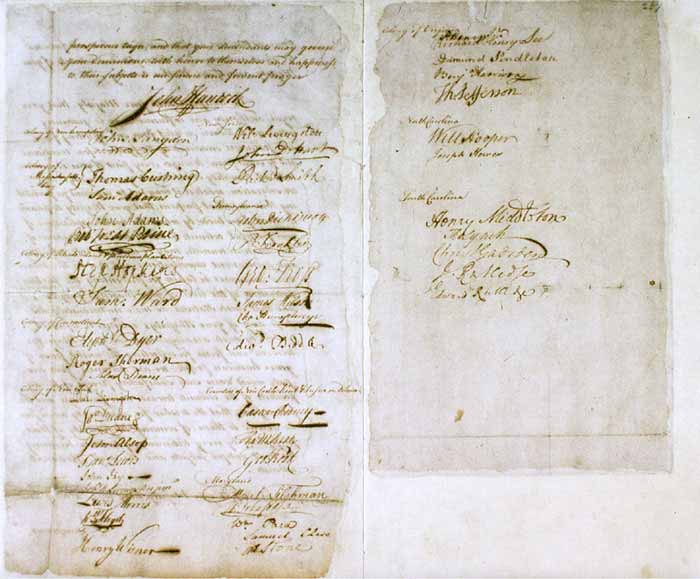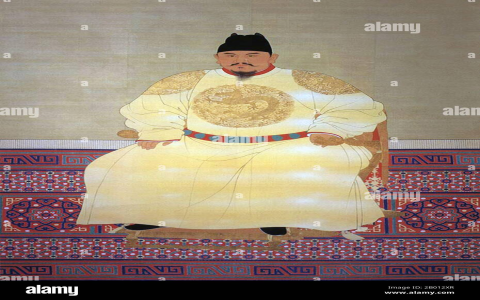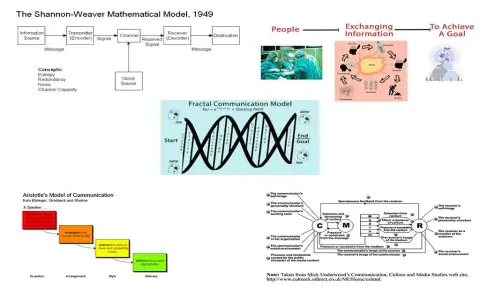As an astrologer, I usually study the connection between the stars, horoscopes and destiny.But recently, a historical topic has taken my interest – the Olive Branch Petition.More than just a document, it holds an important attempt before the American War of Independence and was a last ditch effort by the people of the time to try and avoid war.
Today we’re going to talk about this particular document, find out who actually signed it, and why these names are surprising.
What is the Olive Branch Petition?
Before we officially get into it, let’s briefly talk about what the Olive Branch Petition is.The name sounds like a symbol of peace, and it was in fact an attempt at peace.
In 1775, shortly after the outbreak of the American War of Independence, the Second Continental Congress passed a document called the Olive Branch Petition.The main purpose of this document was to express to King George III of Great Britain the desire of the colonial people of North America to resolve their disputes peacefully, rather than continue on to all-out war.

Doesn’t that sound a bit contradictory?Because many people are under the impression that this period was the beginning of the revolution, so how could anyone want peace?
Who signed this petition?
The answer to this question is not as simple as you might think.Many people think they can find a list of signers just by looking it up, but in fact, it’s far more complicated than that.
First of all, the paper petition that was sent to the King of England was not signed by all the delegates.Only two names were written on it: one was John Hancock, then president of the Continental Congress, and the other was Charles Thomson, the secretary.
This confused many: what about the others?Weren’t they involved?
Actually, while the version that was eventually mailed out was not collectively signed, the Continental Congress did keep a copy with signatures internally.This copy had 48 names on it, including some of the very famous historical figures that came to be known.
These names take you by surprise.
If you think that the people who signed this peace petition were all moderates, you’d be wrong.In fact, many of the key figures who would later drive the independence movement appear on this list.
Benjamin Franklin.
This famous scientist and statesman, who represented Pennsylvania at the convention, signed the copy kept by Congress.Not only was he a brilliant diplomat, but he also played a key role in garnering international support for the United States afterward.
Thomas Jefferson.
Yes, the man who later drafted the Declaration of Independence.He was already a delegate from Virginia in 1775 and signed this petition for peace.A few months later, he was one of the central figures in the push for independence.
John Adams.
A staunch supporter of independence, Adams’ presence was a surprise.But he was indeed present and voted in favor of the petition.Perhaps in his opinion, the attempt at peace was still worth a try.
Patrick Henry.
The man known for his “Live Free or Die!”famous for his character, also appears on the list.He was from Virginia, and although radical in character, he was willing to try to solve problems peacefully at that time.
Richard Henry Lee.
He was the first person to later propose a formal declaration of independence, but in the summer of 1775, he was also involved in this peace effort.
There were many others, such as Benjamin Rush (a physician and reformer), Richard Payne (who didn’t sign the petition but was responsible for sending it to England), and many others.
Why did these people sign this petition?
This is an interesting question.We know that over the next few months, most of these men became key figures in the push for American independence.So why would they support such a document that seemed to run counter to independence?
The reason was actually quite simple:** They were not opposed to independence, but thought that peaceful means should be tried first**.After all, war means bloodshed and no one wants to go to war easily.Especially in the face of the powerful British army, many delegates hoped that the problem could be solved through negotiation.
Therefore, this Olive Branch Petition was more like a “last chance”, their last attempt at peace.
The historical significance behind the document.
From an astrological point of view, I often look at the connection between points in time and historical events.And the timing of this petition, right at the beginning of the war, was also a turning point.
In July 1775, the Second Continental Congress convened in Philadelphia, where delegates gathered to discuss their next move.Although George Washington had already traveled to the front as Commander-in-Chief, most still hoped that a larger conflict could be avoided.
This mindset was reflected in their decision-making:** they chose to extend their hands before clenching their fists**.
However, instead of accepting the petition, King George III of England declared the colony in a state of rebellion.This closed the door to peace, and the War of Independence was on.
Why was it so hard to find “signers”?
As mentioned earlier, the petition that was actually sent to England did not have many signatures.This led many people to search the internet for “who signed the Olive Branch Petition” and see vague information such as “all members of the Second Continental Congress”.
But this is obviously not specific enough.Fortunately, the Congress itself kept a copy with signatures.On this yellowed sheet of paper, 48 names were clearly recorded.Some of these names went on to become presidents, some became founding fathers, and some even became war heroes.
Now you can find this photo on the Internet and see Thomas Jefferson’s or John Adams’ signature written on that piece of paper next to the “Olive Branch Petition.”The contrast is really striking.
Conclusion: The Olive Branch Petition is not just history, it’s an attitude.
As an astrologer, I always like to look at things from a different perspective.This research on the Olive Branch Petition has shown me a kind of deeper meaning behind history: even the most determined revolutionaries have tried to solve problems in a peaceful way.
This petition reminds us that sometimes “shaking hands and making peace” is not a sign of weakness, but a sign of maturity.It was not only an important point in the history of the United States, but also an important attempt at peace in the history of mankind.
If you are also interested in this history, why don’t you check the signed copy and see those familiar and unfamiliar names.You’ll find yourself with a whole new perspective on the American Revolutionary War.




